This article is taken from PN Review 270, Volume 49 Number 4, March - April 2023.
D.H. Lawrence’s Birds, Beasts and Flowers at 100
‘A Cabbage in the Rain’
Let’s love today, the what we have now, this day, not
today or tomorrow or
yesterday but this passing moment that will
not come again.
– James Schuyler, ‘A Few Days’
When they are considered at all, the poems of D.H. Lawrence tend to be praised for their engagements with the natural world. Lawrence’s ‘great gift’, writes Marjorie Perloff, was his ‘Wordsworthian ability “to see into the life of things,”’ lifting a phrase from ‘Tintern Abbey’. ‘He seemed able to enter into other lives, and not only human lives’, recalled Jessie Chambers, with whom Lawrence had his first significant relationship: ‘With wild things, flowers and birds, a rabbit in a snare, the speckled eggs in a hole in the ground he was in primal sympathy – a living vibration passed between him and them, so that I always saw him, in the strictest sense of the word, immortal.’ In her memoir Not I, but the Wind (1936), Frieda Weekley – Lawrence’s wife, widow, and sparring partner – paints a similar portrait of her husband the naturalist. ‘When [he] first found a gentian’, she notes, recounting an episode from their alpine honeymoon in 1912, ‘I remember feeling as if he had a strange communion with it, as if the gentian yielded up its blueness, its very essence, to him.’
Even before the publication of Birds, Beasts and Flowers – which celebrates its centenary in 2023 – Lawrence’s poetry is frequently grounded in enigmatic run-ins with the natural world. ‘A Doe at Evening’, from Look! We Have Come Through! (1917), dramatizes an ...
today or tomorrow or
yesterday but this passing moment that will
not come again.
– James Schuyler, ‘A Few Days’
When they are considered at all, the poems of D.H. Lawrence tend to be praised for their engagements with the natural world. Lawrence’s ‘great gift’, writes Marjorie Perloff, was his ‘Wordsworthian ability “to see into the life of things,”’ lifting a phrase from ‘Tintern Abbey’. ‘He seemed able to enter into other lives, and not only human lives’, recalled Jessie Chambers, with whom Lawrence had his first significant relationship: ‘With wild things, flowers and birds, a rabbit in a snare, the speckled eggs in a hole in the ground he was in primal sympathy – a living vibration passed between him and them, so that I always saw him, in the strictest sense of the word, immortal.’ In her memoir Not I, but the Wind (1936), Frieda Weekley – Lawrence’s wife, widow, and sparring partner – paints a similar portrait of her husband the naturalist. ‘When [he] first found a gentian’, she notes, recounting an episode from their alpine honeymoon in 1912, ‘I remember feeling as if he had a strange communion with it, as if the gentian yielded up its blueness, its very essence, to him.’
Even before the publication of Birds, Beasts and Flowers – which celebrates its centenary in 2023 – Lawrence’s poetry is frequently grounded in enigmatic run-ins with the natural world. ‘A Doe at Evening’, from Look! We Have Come Through! (1917), dramatizes an ...
The page you have requested is restricted to subscribers only. Please enter your username and password and click on 'Continue':
If you have forgotten your username and password, please enter the email address you used when you joined. Your login details will then be emailed to the address specified.
If you are not a subscriber and would like to enjoy the 292 issues containing over 11,700 poems, articles, reports, interviews and reviews,
why not subscribe to the website today?
